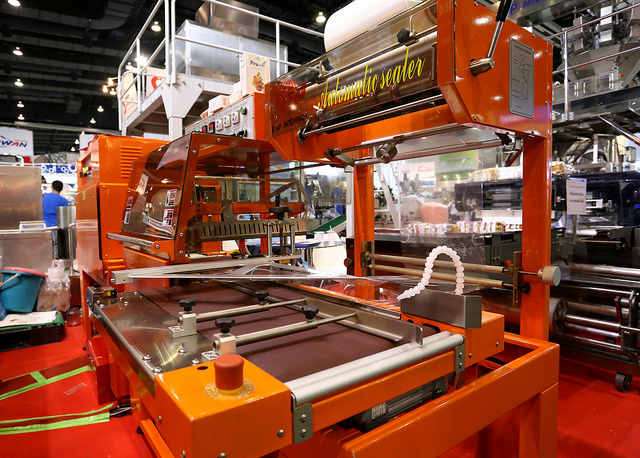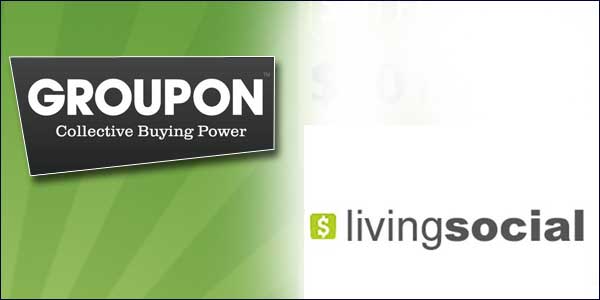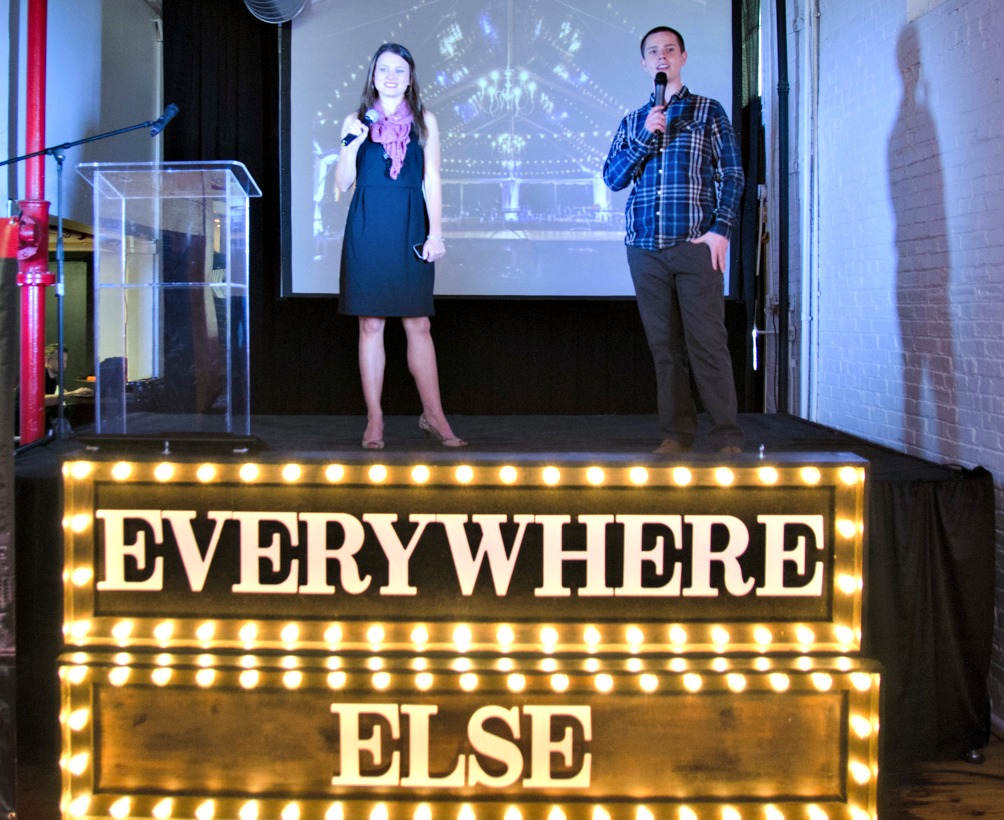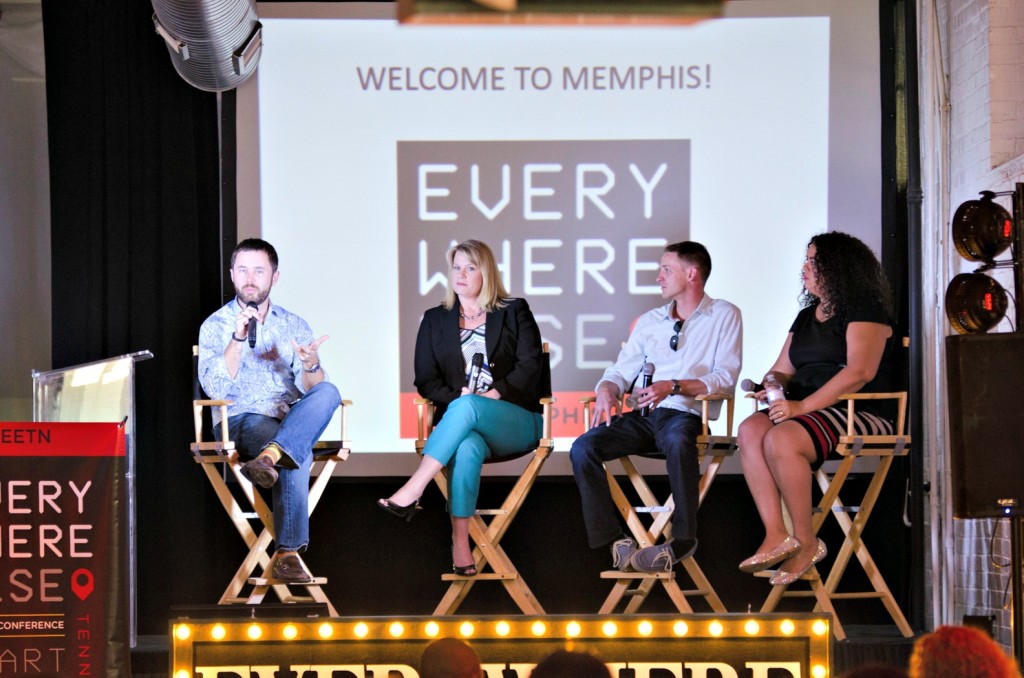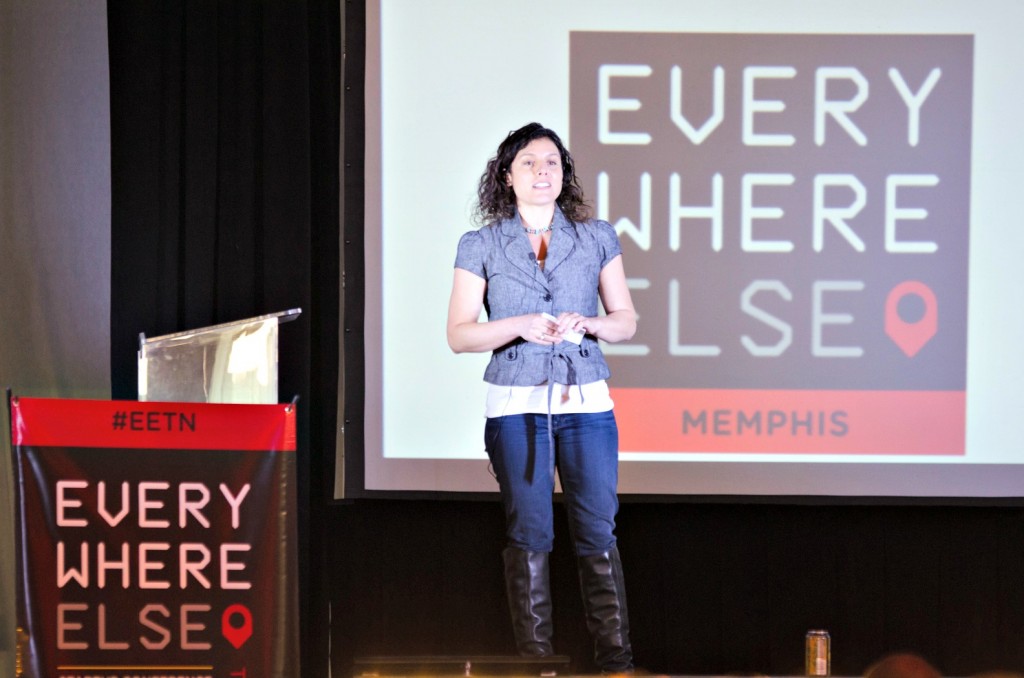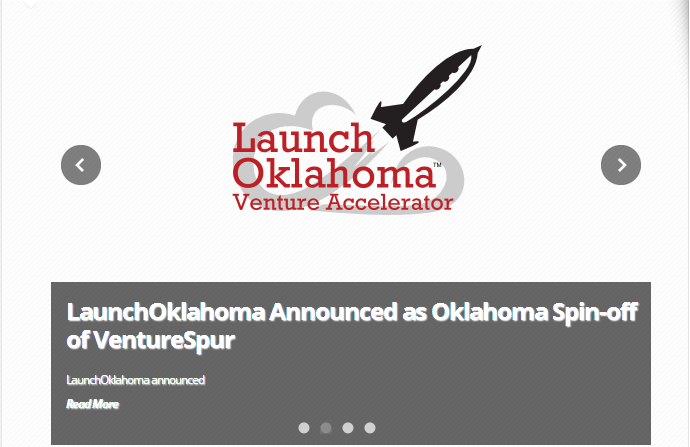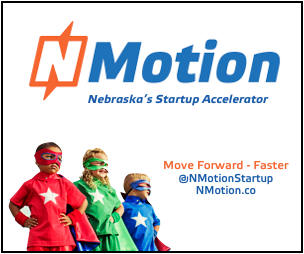Customers are the backbone of every successful company. You need them if you want to stay afloat and keep making money. They’re your primary source of income, and you must have a lot of them. Do you want to find more customers? Then you better read this advice:
Social Media
For the last few years, social media has become an essential part of any marketing strategy. Simply put, it’s the best way to find new customers on a daily basis. Social media lets you reach out to millions of people from behind a computer desk. There are things like hashtags that let you ensure your posts are being seen by the right people. It improves brand awareness and makes more people notice your business. If you aren’t using social media, then that’s probably a big reason you’re struggling to find customers. Get on it, get interacting, and see the customers come flying in.
Mobile Apps
You can use apps in a couple of ways to find more customers for your business. First, the obvious thing to do would be to advertise on mobile apps. Loads of people use them every day, it makes sense to get your business advertising through them. There’s a big chance of finding new customers, and you can tailor the ads to show to your target market. The second thing you can do is use apps like Swittch to share your products with people. You can add your product and then loads of people will be able to see it. Apps like this are great for finding customers and giving people a bit more information on what you have to offer.
Trade Shows
Trade shows are an excellent way to get out there and find some new customers. A trade show is a big event where businesses come together and show off their stuff. Everyone sets up exhibitions and booths to promote their products to the crowds. You’ll see thousands of people attending a trade show, and they usually last all day. It’s the perfect opportunity to try and hook some new people in, and tell them more about your business. The only way you’ll see success at a trade show is if you stand out and show that you’re better than the other people there. Then, you’ll get more customers.
Billboard Advertising
You have to be advertising your business in as many ways as possible. I could write a whole article on the best ways to do this, but for now, let’s focus on one method. The method I’m talking about is billboard advertising. This is where you get a big advert placed on billboards in your area. By doing this, you get your business out there and make people stand up and take notice. It gives you a great chance of finding some new customers and earning more cash.
There’s always a way for you to get more customers, you just have to be a little clever. Never settle, more customers means more money. In turn, this means more profit and more success for your startup!




